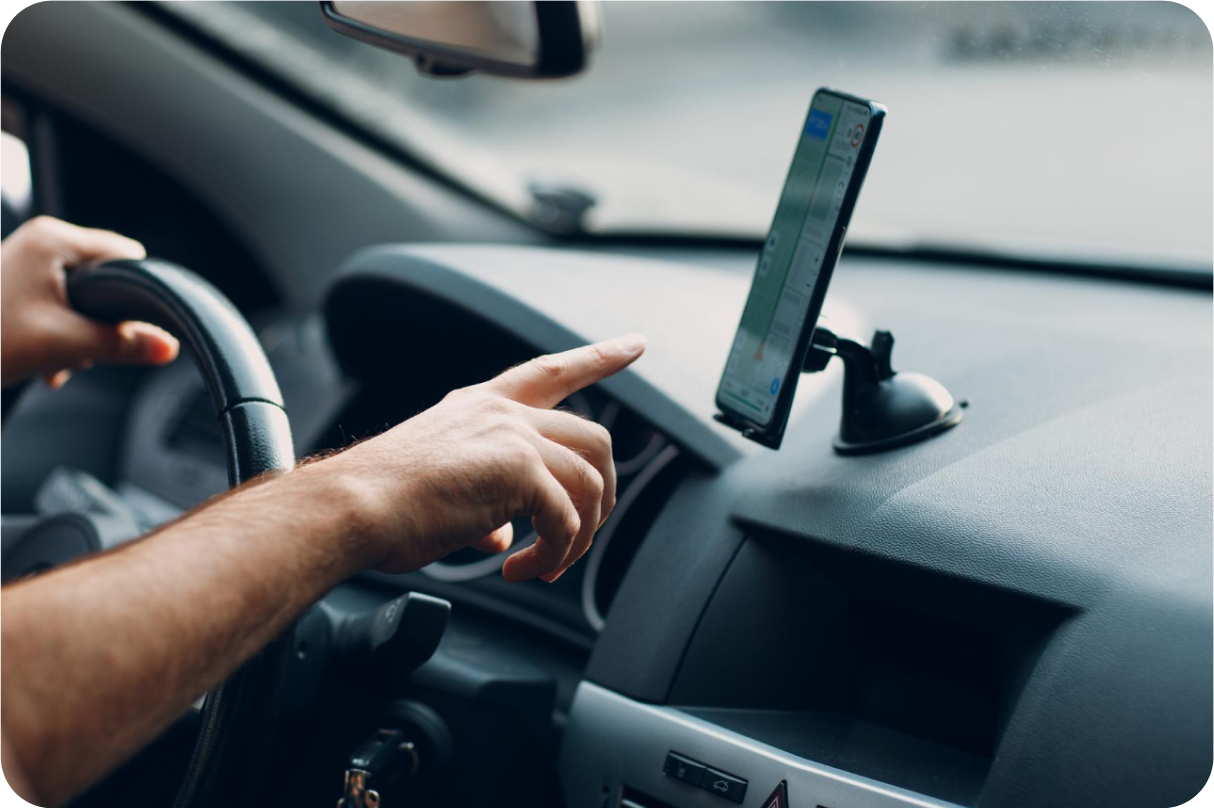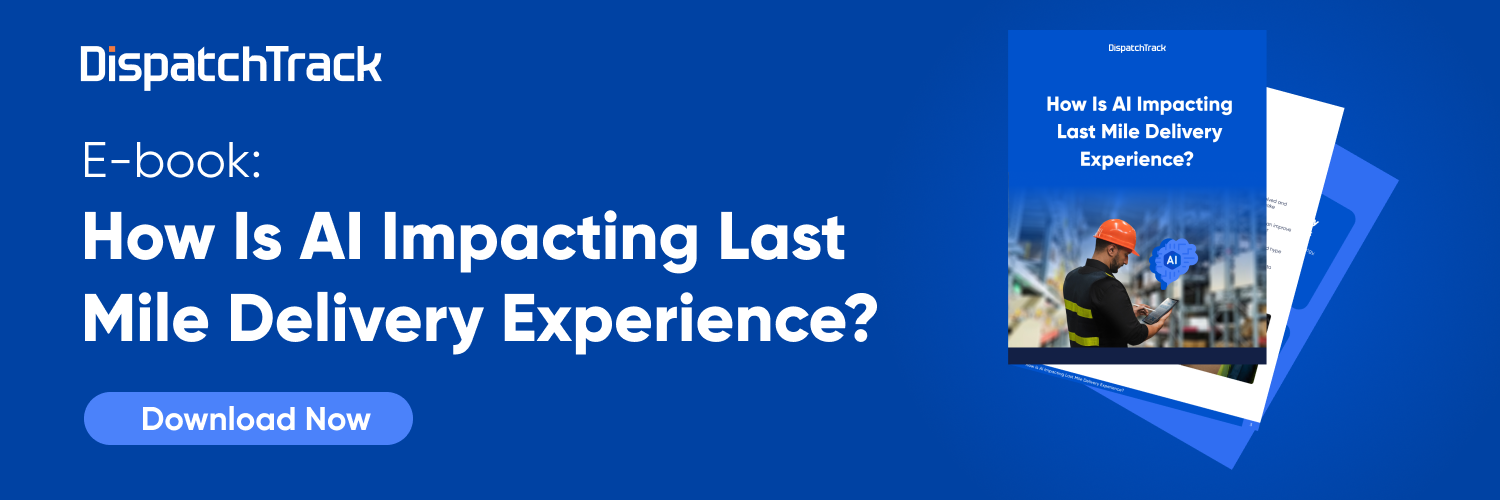When it comes to getting your last mile logistics processes to run smoothly, it’s hard to overstate the importance of a solid route planner app. Here, we’re not talking about the apps that you might use to plan a road trip, or navigation apps that live in delivery drivers’ pockets—we’re talking about delivery route planning software that can handle the complexities of logistics management without breaking a sweat.

Because the term “route planner app” can encompass so many different things, it can be tough to wade through the different options available to you. But once you have a clear idea of the ways in which the right route optimization solution can help, you can start to get a clear sense of what the best route planner app for your last mile might look like.
5 Ways to Reduce Costs with a Route Planner App
1. Improve delivery capacity utilization
First and foremost, your route planner app should empower you to get more out of your existing truck and driver capacity. It should be able to account for all of the factors that normally make route optimization so difficult—customer time window requests, differences in driver speed and skill (more on that later), job site and equipment restrictions—and generate workable routes without losing efficiency.
In this way, you can reduce the number of miles that you’re traveling per stop by 10% or more. At the same time, you complete more deliveries per day without necessarily increasing the size of your fleet or outsourcing your deliveries to contractors or third parties. The result is that you’re able to significantly reduce your cost per delivery and fulfill more orders each day.
2. Increase first attempt delivery rates
At the same time that the right route planner app can increase route efficiency, it can also improve ETA accuracy. These things go hand in hand: the more effectively you’re able to estimate how long a given job will take, the more closely you can match your schedules to your actual capacity.
Here, AI and machine learning can improve ETA accuracy to 98% or better by factoring in data from previous delivery runs, traffic and weather information, and more. When your ETAs are highly precise and accurate, customers get what they expect when they expect it—which means your first attempt delivery rate goes up immediately.
One of the other keys here is to account for the differences in service time between different types of deliveries and services. Your AI-powered routing will figure these out over time, but it’s also helpful to be able to give the system a head start by inputting your best guesses for how long any given stop should take.
This effectively cuts out a huge percentage of the costs associated with redelivery attempts and other logistics snafus:
- You avoid the inevitable damage to goods that comes with more time spent in the truck (potentially being loaded and unloaded unnecessarily)
- You improve utilization even further since you don’t have to load up your trucks with orders that should have been delivered the previous day
- You reduce driver overtime by making it easier to successfully execute a route plan
- You reduce inventory costs associated with storing items that have already gone out on the truck and then come back to the warehouse
If you’re a logistics professional, we certainly don’t need to tell you how quickly these costs can add up.
3. Reduce back-office labor and effort
Making delivery runs comes with a handful of obvious costs: fuel, driver pay, assets, warehousing. But behind the scenes, you all also have to pay the salaries of the teams who are planning out the routes, dispatching the drivers, communicating with customers, and handling delivery exceptions. If you can speed their work up, you can reduce labor costs and leverage your team’s time for more valuable work.
There are a few ways that the right route planner app helps you accomplish that:
- Reduced time spent routing—the right solution can help you cut the time it takes to optimize routes by 50-75% at least.
- Automated dispatching—your route optimization technology can consolidate routing and dispatching into a single step, such that your drivers are automatically dispatched their routes as soon as they’re finalized.
- Reduced customer support work—when your drivers are running on time because your route planner app provided an efficient route, fewer customers will need to call in and ask “where’s my order?”
All of these add up to reduced delivery costs and improved productivity from your teams. As an added bonus, when it only takes a few minutes to adjust a delivery route, your team can process last-minute orders more easily, helping you to increase inventory velocity.
4. Leverage driver and technician skills more efficiently
So far, we’ve been talking about driver pay as if it’s a flat rate across all different types of deliveries and services—but for many (or even most) logistics organizations that simply isn’t the case.
For instance, your company might provide both pallets of building supplies and on-site installation services for some of those supplies depending on the customer’s needs. Generally, a simple delivery to a job site isn’t going to require a highly skilled technician, while an installation easily might.
You’re almost certainly paying the more skilled driver/technician more per hour, which means you really don’t want to frequently schedule them on jobs that don’t require their skillset.
Unfortunately, businesses with complex routing needs can easily wind up in a situation where it’s difficult to optimize for driver skill level and preserve route efficiency at the same time—it’s certainly something that a human planner would struggle to do by hand.
Luckily, the best route planner apps can handle this for you. Once you’ve configured the solution in such a way that it reflects your drivers’ and technicians’ rates and capabilities (as well as the specific needs of different job types), your solution can optimize for costs and efficiency.
5. Win more business
Okay, we know that winning more business is something that goes on the other side of the balance sheet from cost reduction. We could reframe it as “reduce customer acquisition costs,” but it’s not quite as snappy.
However you frame it, the improvement in delivery performance and efficiency you can get from smarter route optimization can help you offer significantly better delivery service to your customers. That means that you can keep the customers that you have more easily.
Finding new customers is always much more expensive than retaining existing ones, so the more consistently you’re able to delight customers with seamless deliveries, the more you can cut down customer acquisition costs.
Route Optimization Is the Key to a Smarter Last Mile
None of the cost predictions we’ve talked about happen in a vacuum. Rather, they happen within the larger context of your last mile logistics journey. Route optimization is the cornerstone of a process that also includes driver management, customer experience, delivery tracking and visibility, and documentation and reporting.
That’s why the key to finding the right route planner app is to look for one that’s embedded in a larger last mile logistics platform. In that way, you can cover the entire last mile journey from end-to-end, reducing costs and delighting customers the whole way.
